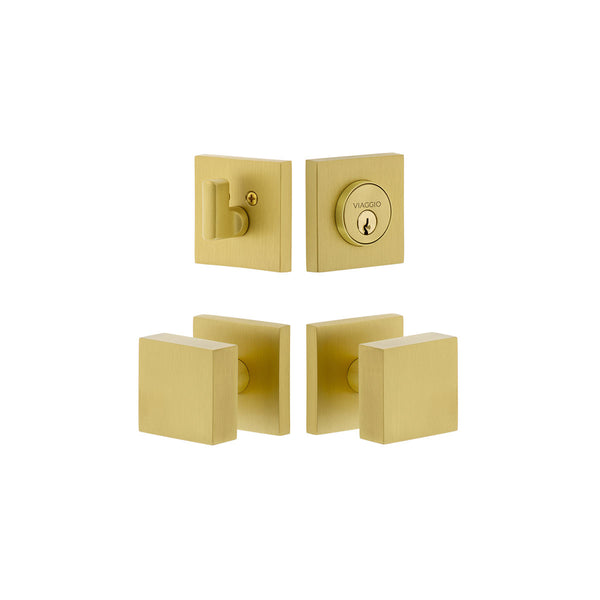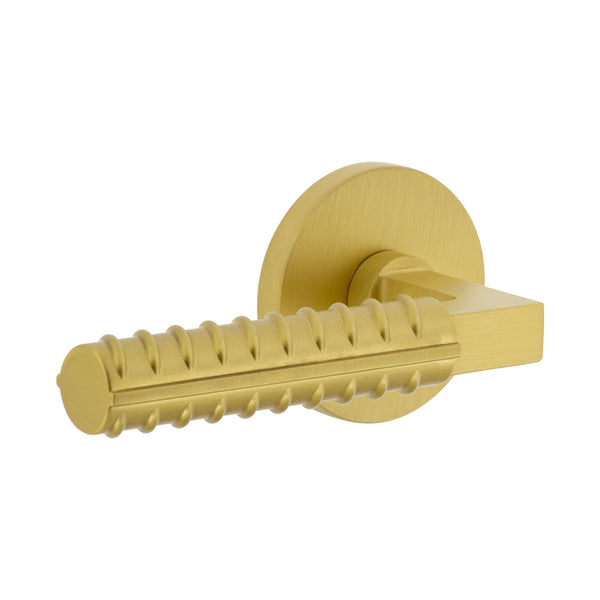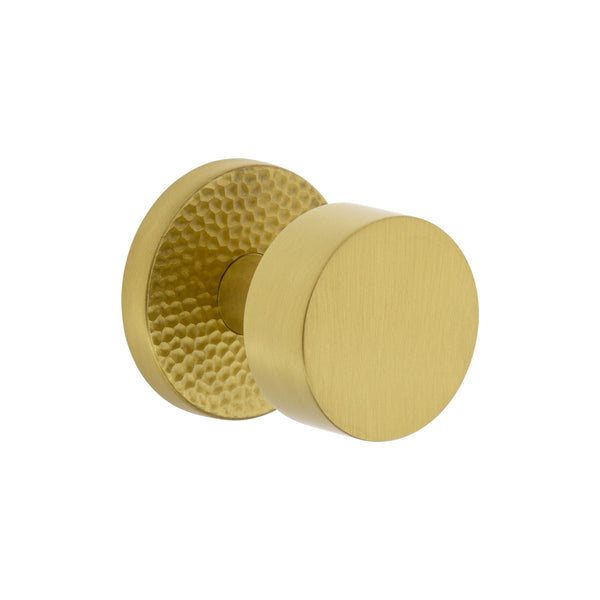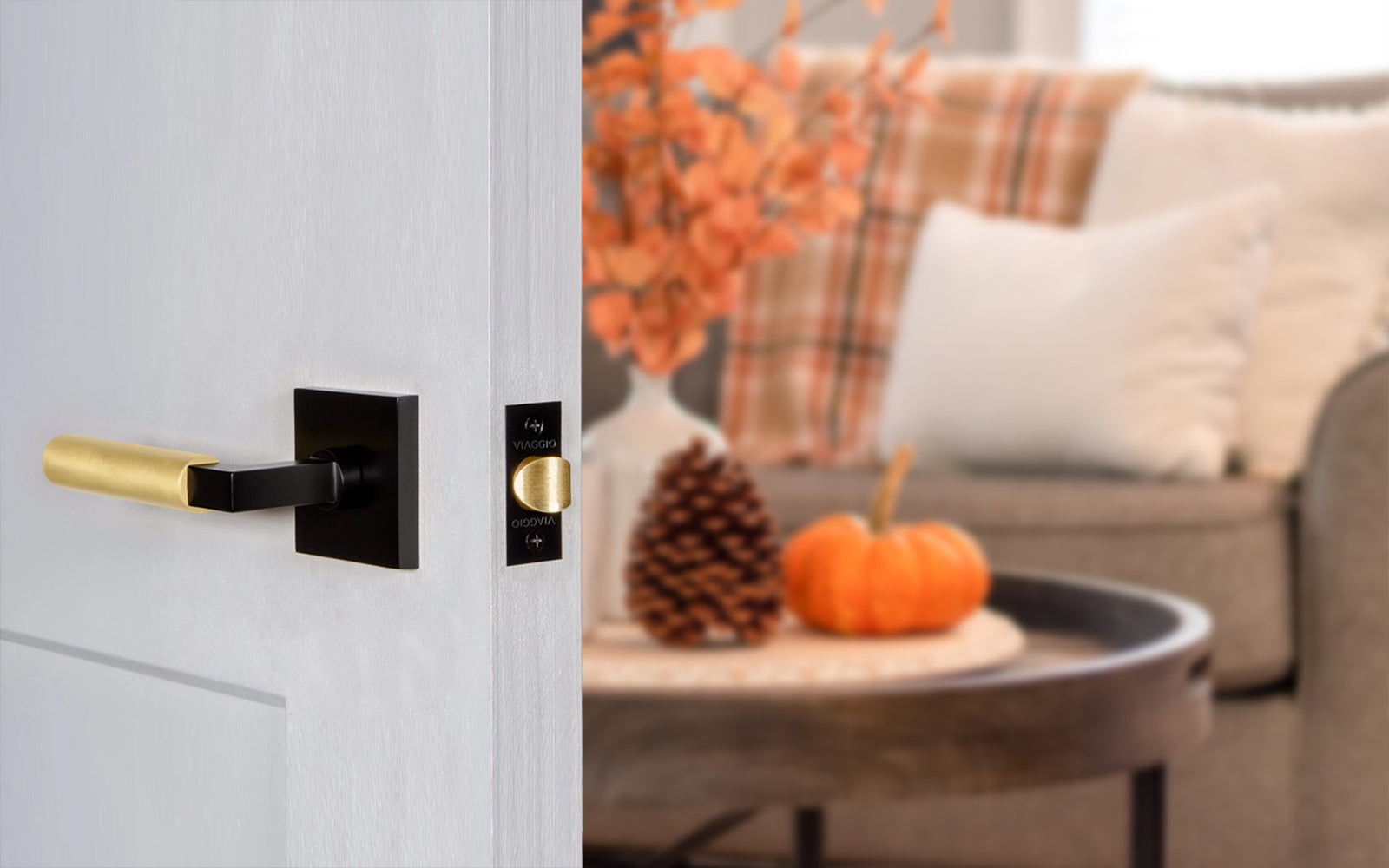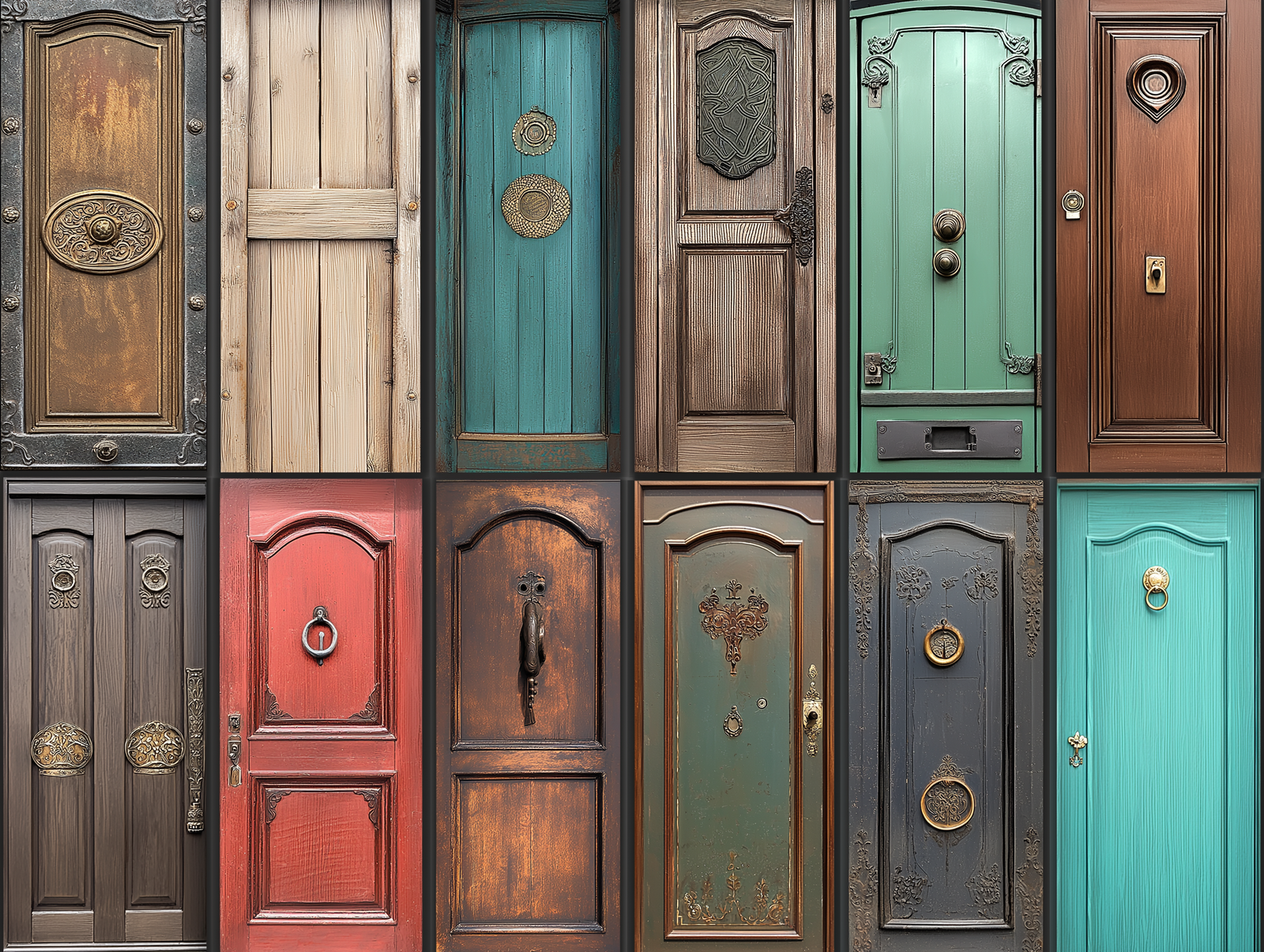
Door hardware has long been more than just a functional element in architecture; it carries significant historical, cultural, and aesthetic value. From the grand entrances of ancient temples to the sleek designs of modern homes, the evolution of door hardware tells a fascinating story of innovation, craftsmanship, and style. This blog will explore the journey of door hardware, tracing its roots and examining the key trends and innovations that have shaped its evolution over time.
The Beginnings: Early Door Hardware Designs and Craftsmanship
In ancient civilizations, door hardware often symbolized power, wealth, and protection. The earliest examples of door hardware can be traced back to the Egyptians, Greeks, and Romans, who used bronze and iron to craft intricate locks, handles, and hinges. These early designs were not just functional but also highly decorative, reflecting the craftsmanship of the time. One architectural historian notes, “The art of metalworking in ancient times was closely linked to the creation of tools and functional objects, many of which were as beautiful as they were practical.”

The Middle Ages saw the rise of Gothic architecture, where door hardware became even more elaborate. Large iron door knockers, often in the form of mythological creatures, were a common feature on the heavy wooden doors of castles and cathedrals. These designs were not only meant to impress but also to convey a sense of security and permanence.
Key Innovations and Trends in Door Hardware
As we move through history, several key innovations in door hardware emerged. The 18th century brought the advent of the mortise lock, a significant advancement that allowed for more secure and reliable locking mechanisms. This period also saw the rise of brass as a popular material for door hardware, thanks to its durability and ease of casting into detailed designs.

The Victorian era marked a shift towards more ornate and decorative hardware, with intricate patterns and motifs reflecting the eclectic tastes of the time. As industrialization progressed, door hardware became more accessible to the masses, with mass production techniques allowing for a greater variety of styles and finishes.
The 20th century introduced modernism, where simplicity and functionality took center stage. Designers like Ludwig Mies van der Rohe and Le Corbusier favored sleek, minimalistic hardware that complemented the clean lines of modern architecture. Stainless steel and chrome became popular materials, reflecting the industrial aesthetic of the era. Mies van der Rohe famously said, “God is in the details,” a sentiment that resonates with the thoughtful simplicity of modern door hardware.
Iconic Door Hardware Styles from Different Periods and Cultures
Throughout history, certain door hardware styles have become iconic, representing the cultures and periods from which they emerged. The Baroque period, for example, is known for its extravagant and highly detailed door handles and escutcheons, often gilded and adorned with floral and scroll motifs.

In contrast, the Arts and Crafts movement of the late 19th century emphasized hand-crafted, organic designs, focusing on natural materials like wood and wrought iron. This style was a reaction against the mass production of the Industrial Revolution and sought to bring back the artistry of traditional craftsmanship.
In Asia, traditional Japanese door hardware, known as "Kakehashi," features simple yet elegant designs, often made from iron or bronze. These pieces are characterized by their understated beauty and attention to detail, reflecting the Japanese aesthetic of "wabi-sabi," which finds beauty in imperfection.
Viaggio: Elevating Modern Design to New Heights
At Viaggio, we have taken the sleek, modern designs inspired by the 20th century and brought them to the next level, merging contemporary aesthetics with exceptional craftsmanship. Our door hardware collections are meticulously crafted using premium materials like forged brass and lead-free crystal, ensuring not only durability but also a timeless elegance that complements any architectural style.

Our designs draw from the rich history of door hardware, incorporating elements from various eras while adding our unique touch. For example, our Motivo Collection features textured finishes such as hammered, linen, and leather, offering a fresh take on classic materials with a modern twist. These textures bring a tactile dimension to the hardware, enhancing the visual appeal and adding depth to the overall design.
Viaggio's commitment to innovation and quality is evident in every piece we create. By blending historical influences with modern design principles, we offer door hardware that stands out for its beauty, functionality, and enduring appeal.
The evolution of door hardware is a testament to the enduring importance of design and craftsmanship in architecture. From ancient locks and hinges to the sleek designs of today, door hardware continues to be a vital element of both form and function in our living spaces. Viaggio is proud to be part of this tradition, creating products that not only reflect the past but also shape the future of design.
Featured Products
-->

